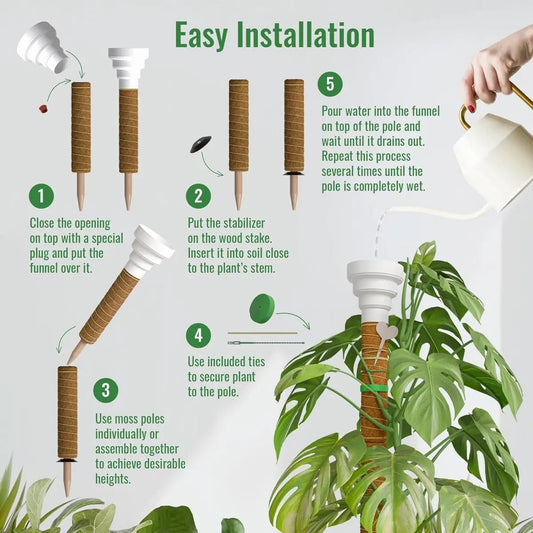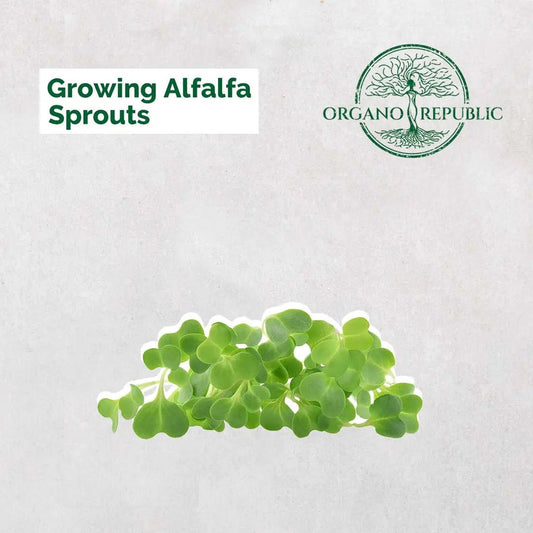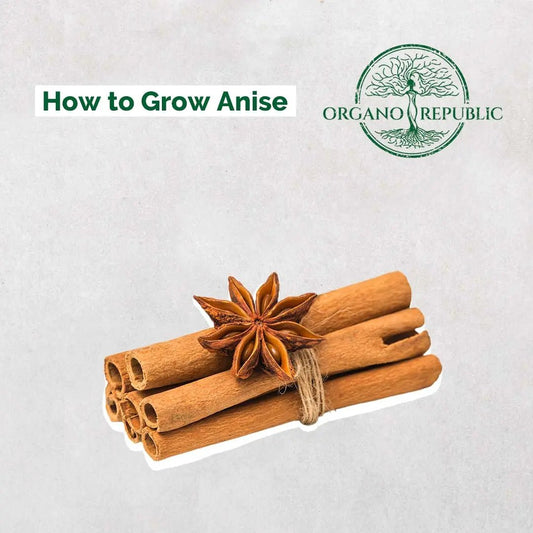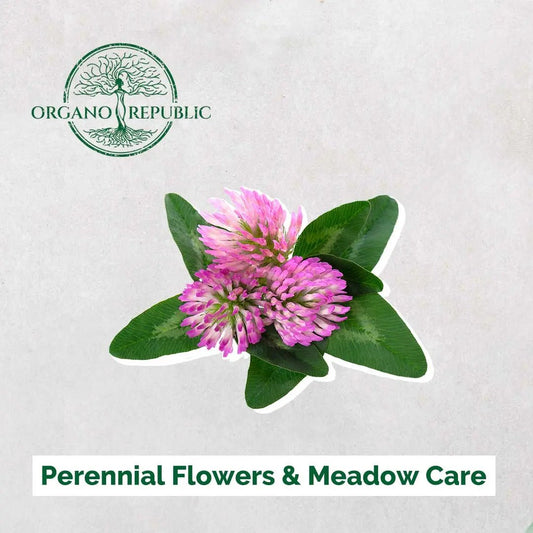Mini Garden Tools
Welcome to the world of gardening! Enjoy planting a home garden with our Mini Garden Tools! Your browser does not support the video tag. Follow these instructions to make the most of your gardening efforts: Seeds Dibber Tool The seed...
Read more
Growing Alfalfa Sprouts
To grow alfalfa sprouts, follow our recommendations and enjoy your harvest:Pour a tablespoon of seeds with water into a jar, close it with a lid and leave it in a warm, dark place. Rinse the seeds the following day and...
Read more
Summer Vegetable Harvest Tips
The most popular vegetables that gardeners plant for summer harvest are carrots, corn, cucumber, eggplant, melons, watermelons, onions, okra, and peppers.- Harvest large enough carrot roots when the ground cools in late summer, so it becomes moresweeter.- Corn should be...
Read more
How To Grow Anise
Plant anise seeds indoors in late winter, 8 weeks before planting outdoors. Use biodegradable pots and maintain a temperature of 70°F for optimal seedling germination. Anise forms a taproot, so repotting or relocation is undesirable after the roots are established....
Read more
Perennial Wildflowers & Meadow Care
Cut the meadow in mid-summer the first year, leave the cuttings on the ground for a day to shed as many seeds as possible, then remove all cuttings.Next year, it is important not to mow the greens from the beginning...
Read more
5 Tips How To Grow Pepperoncini
Can you grow pepperoncini peppers at home? Yes, and with proper care, you can enjoy a bountiful harvest. Plant pepperoncini seeds in early spring or late winter. Press them a quarter of an inch into good all-purpose soil and moisten...
Read more










